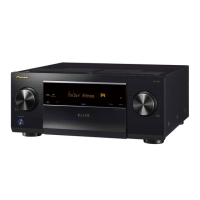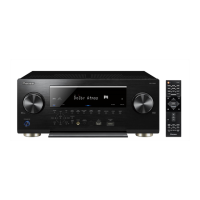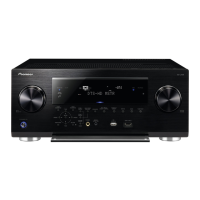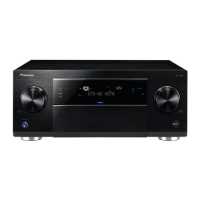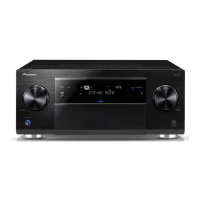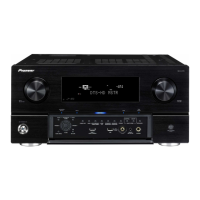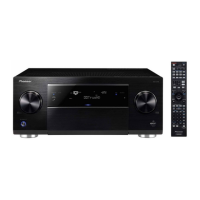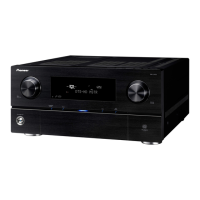How to fix Pioneer Stereo Receiver PC Setup if it cannot be installed?
- HHoward FitzgeraldJul 27, 2025
If Pioneer Stereo Receiver PC Setup can't be installed, it could be due to insufficient system resources or incompatibilities with other applications. Try restarting the computer and then opening the installation file (2014Pioneer PC Setup.exe) with no other applications running. If the problem persists, quit other applications and relaunch the installation file.



